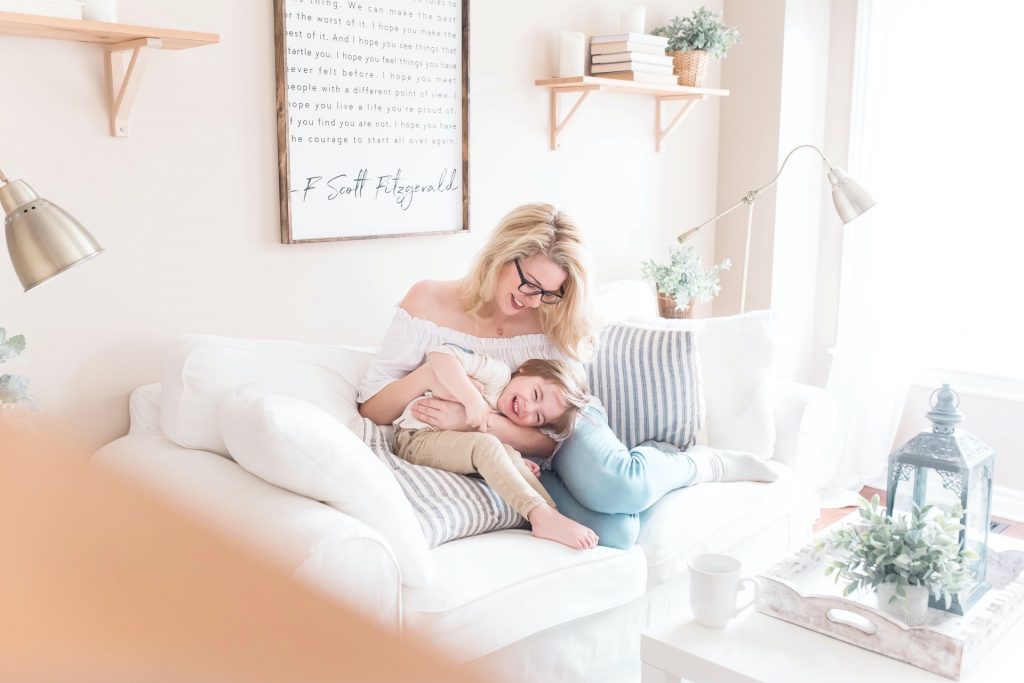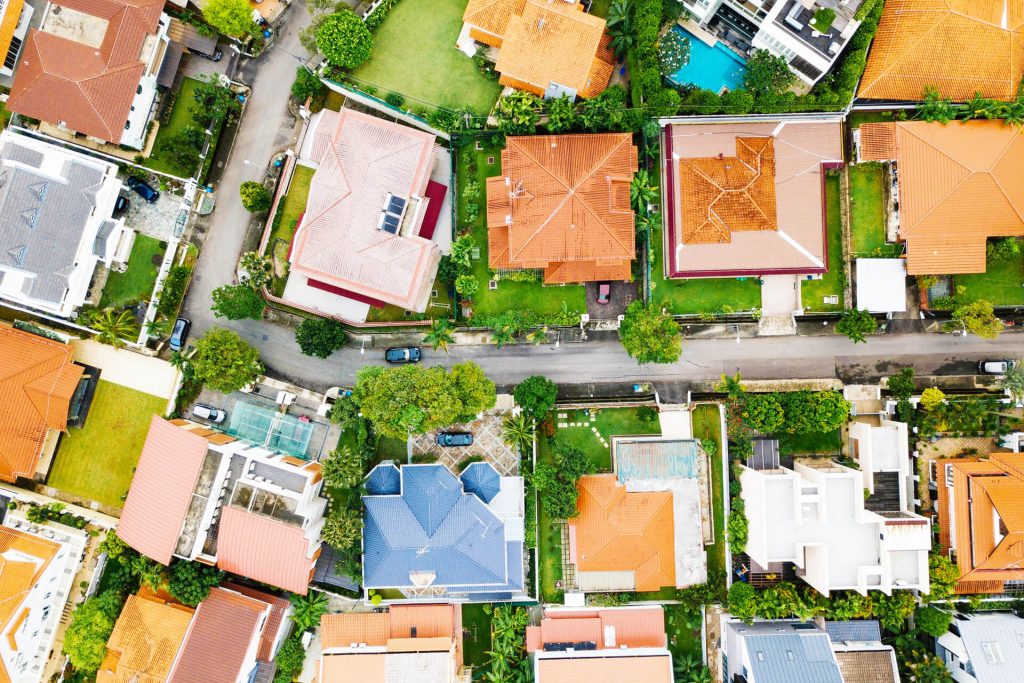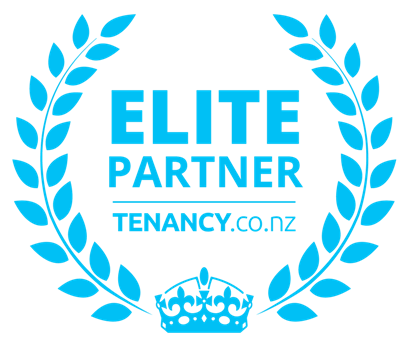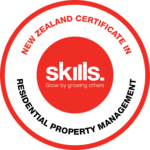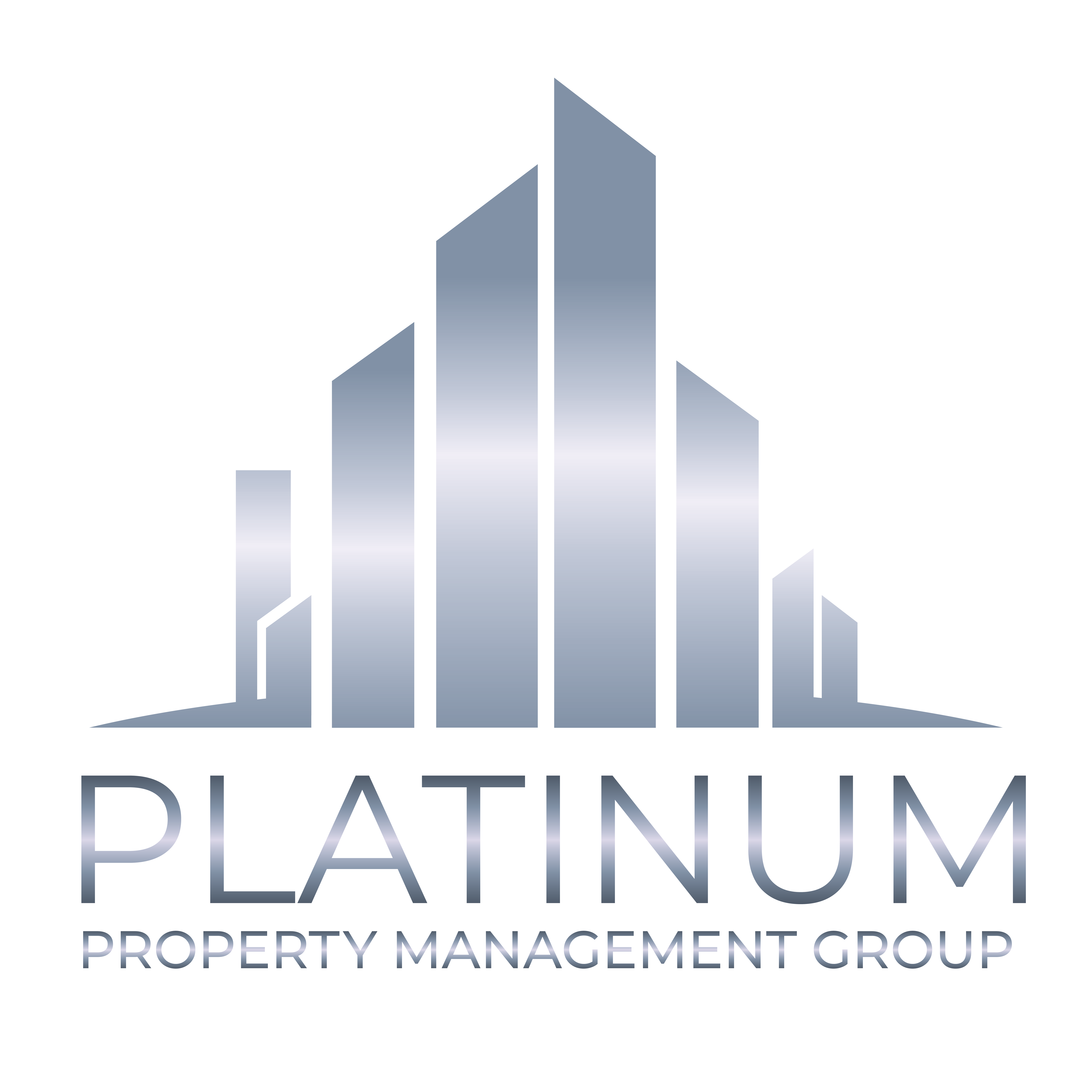Learn About Healthy Homes Standards
The healthy homes norms expect to roll out a noteworthy improvement to the nature of New Zealand rental homes. The norm details upgrades to heating, protection, and ventilation, and tending to issues with damp entrance and seepage and draft halting.
Healthy Homes Standards
In December 2017, the Government released the Healthy Homes Guarantee Act 2017. This Act amends the Residential Tenancies Act 1986 and entitles pointers to be created to make rental homes comfortable and dry. The norms have currently been settled and written within the Residential Tenancies (Healthy Homes Standards) Regulations 2019. Insights relating to healthy homes are stated below –
Heating Standards
There should be heating devices that deliver a minimum of 18°C of temperature within the living room only. They recommend a minimum temperature of 18°C indoors. The heating standard does not have the requirement to have heating devices in the bedrooms. There is an online tool available to check the temperature of the heater.
Insulation Method
The standard level of the ceiling and underfloor insulation should meet the 2008 building code, or should have a minimum of 120mm height. Many rental homes do not have the minimum standard of insulation to retain heat. The ceilings are likely to be cold or damp. Installing insulation reduces the heat from homes leaving them to keep warm and dry.
According to the 2008 Building Code insulation standard, the ceiling and underfloor insulation should meet a minimum of 120mm thickness and must be in reasonable condition. The healthy homes standards affect a new group of rental properties and not the old one that followed the 2016 requirements. They need not change the ceiling insulation. Landlords would have already met 2016 insulation requirements by 2019.
Ventilation standards
The standard norms say that ventilation must include the windows, doors of living room, kitchen, dining room, and all the bedrooms. Also, an exhaust fan in the bathroom or shower and indoor cooktop is mandatory. The ventilation standards prevent mould linked to poor health. It may cause a respiratory illness that may worsen to asthma. Mould damages the ceilings, walls, which leads to damaging a tenant’s possession. The areas that have high moisture activities will catch the dampness and mould quickly.
It is suggested to open the windows for 10 minutes after bath or cooking, this may not be possible all the time due to security reasons or weather. Mechanical ventilations that have exhaust rangehoods, are easy to buy and do the job.
Moisture and Drainage Standard
Landlords, must ensure that guttering, downpipes, drains in a rental property are repaired. Install a better moisture barrier to prevent these if it has an enclosed subfloor. Moisture can also enter from outside such as water pools, rising damp or even from leakage. Many rental homes do not have the protection that is needed.
Healthy homes standard ensure healthy protection by requiring efficient drainage and guttering by housing regulations and moisture barriers in all properties. Ground moisture barriers are a cost-effective option for the largest source of moisture. It can be repaired regardless of the existing vents.
Draught stopping standard
The gaps or holes in walls, windows, doors, floors, ceilings, unused chimneys, must be blocked. Draughts make it expensive for tenants to warm their home and can restrict the advantages of improved protection and warming. Fixing draughts can be a moderately basic and minimal effort proportion of keeping rental homes warm and dry.
Clear direction will be accessible for the draught halting norm on landlord’s duty to stop any absurd holes or gaps in dividers, roofs, windows, floors and entryways that cause recognizable draughts, and to hinder unused open chimneys and smokestacks. The direction will unmistakably detail sensible edges for draughts and how to stop draughts, so landlords and tenants can be sure of the commitments and measures to be taken.
Compliance deadlines
Under the Residential Tenancies Act 1986, landlords are answerable for safeguarding their investment properties and making sure that it’s in a reasonable condition of a repair. Being compliant with the guidelines of the healthy home is mandatory for the landlord, these norms do not put any commitments on tenants. MBIE Tenancy Services Compliance and Investigation group will have the option to examine properties to ensure they are consistent with the regulations. Landlords that neglect to follow the guidelines of the healthy home might be subject to a monetary punishment.
These are the healthy homes standard compliance one needs to follow being a landlord. If you are looking for more information or have any queries, please feel free to contact us, and our manager will attend you at the earliest.
The healthy homes standards became law on 1 July 2019.
All private rentals must comply within 90 days of any new or renewed tenancy after 1 July 2021, with all private rentals complying by 1 July 2024. All boarding houses must comply by 1 July 2021.

